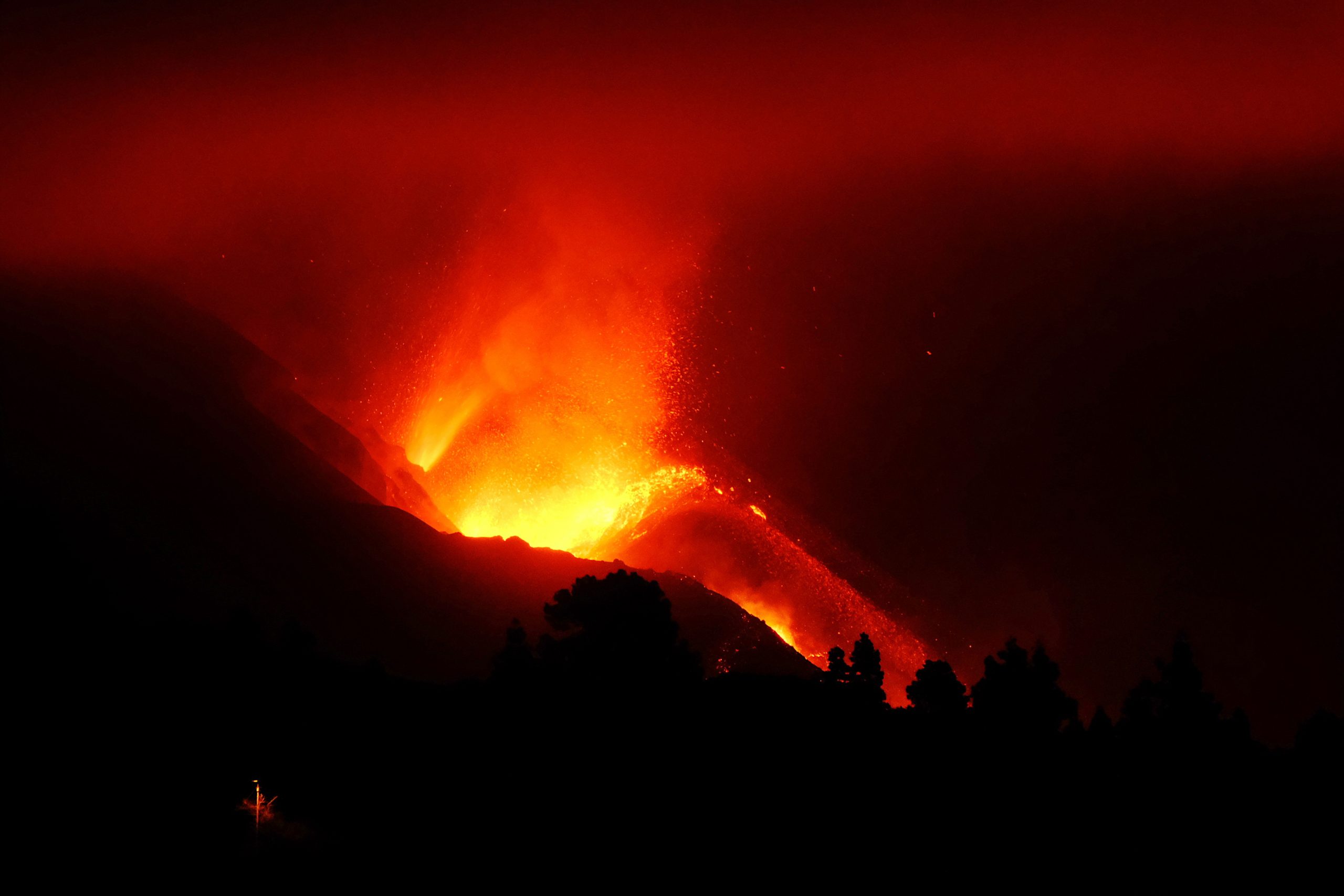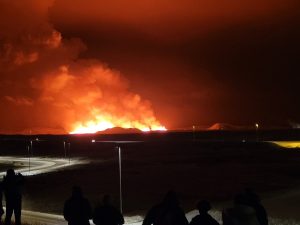The La Palma volcano in Spain continues to spew out endless
streams of lava three weeks since its eruption upended the lives of thousands
of people residing near the volcano. Everything in the path of the lava —
homes, farms, industrial buildings and swimming pools on the path of the lava
have been consumed. With no signs of ceasing, authorities monitored a new
stream of molten rock on Sunday that has added to the destruction of over a
thousand buildings.
Also Read | New river of lava threatens even more buildings on La Palma
A part of the volcanic cone collapsed on Saturday sending a
flood of bright red lava pouring down from the Cumbre Vieja ridge that
initially cracked open on September 19. The stream that carried massive chunks
of lava has hardened and engulfed an entire industrial park. Julion Perez, the
regional minister for security on the Canary Islands said, “We cannot say that we
expect the eruption that began 21 days ago to end anytime soon.”
Also read | Indian Ocean’s new volcano is bigger than the Empire State Building
La Palma, a part of Spain’s Canary Islands, is an Atlantic
Ocean archipelago off northwest Africa. The economy of the island depends largely
on tourism and the cultivation of the Canary plantain.
Also Read | Hawaii’s Kilauea, one of the planet’s most active volcanoes, erupts
For now, the new rivers of lava spewing out of the volcano
has not forced evacuation of any more residents. Nearly 6,000 residents were
evacuated after the initial eruption and they are staying in the exclusion zone
created by local authorities.
Also Read | Lava from La Palma reaches Atlantic ocean, raises fear of toxic gas
According to government experts, the largest of the lava
flows measures 1.5 kilometres at its widest point. The delta of the new land being
formed where lava is flowing into the Atlantic has reached a surface of 34
hectares. Scientists worry that if the delta continues to grow outwards into
the sea, parts of it could break off which could in turn lead to explosions,
gas emissions and large waves, according to a report in the Associated Press.
Also read | Lava flowing from erupting volcano in Spanish island rages toward sea
The Canary Islands, which had a buzzing tourism industry,
has suffered a lot over the last couple of years due to the COVID-19-related
curbs. However, officials have asked tourists not to keep staying away. “This
eruption is impacting a part a part of the island, but La Palma is still a same
place and can offer a lot to those who visit,” said Mariano Hernández, the
island’s leading authority.
The last eruption on La Palma occurred 50 years ago and
lasted for just over three weeks. The last eruption on all the Canary Islands occurred
underwater off the coast of El Hierro Island in 2011 and lasted five months.
(With inputs from Associated Press)







